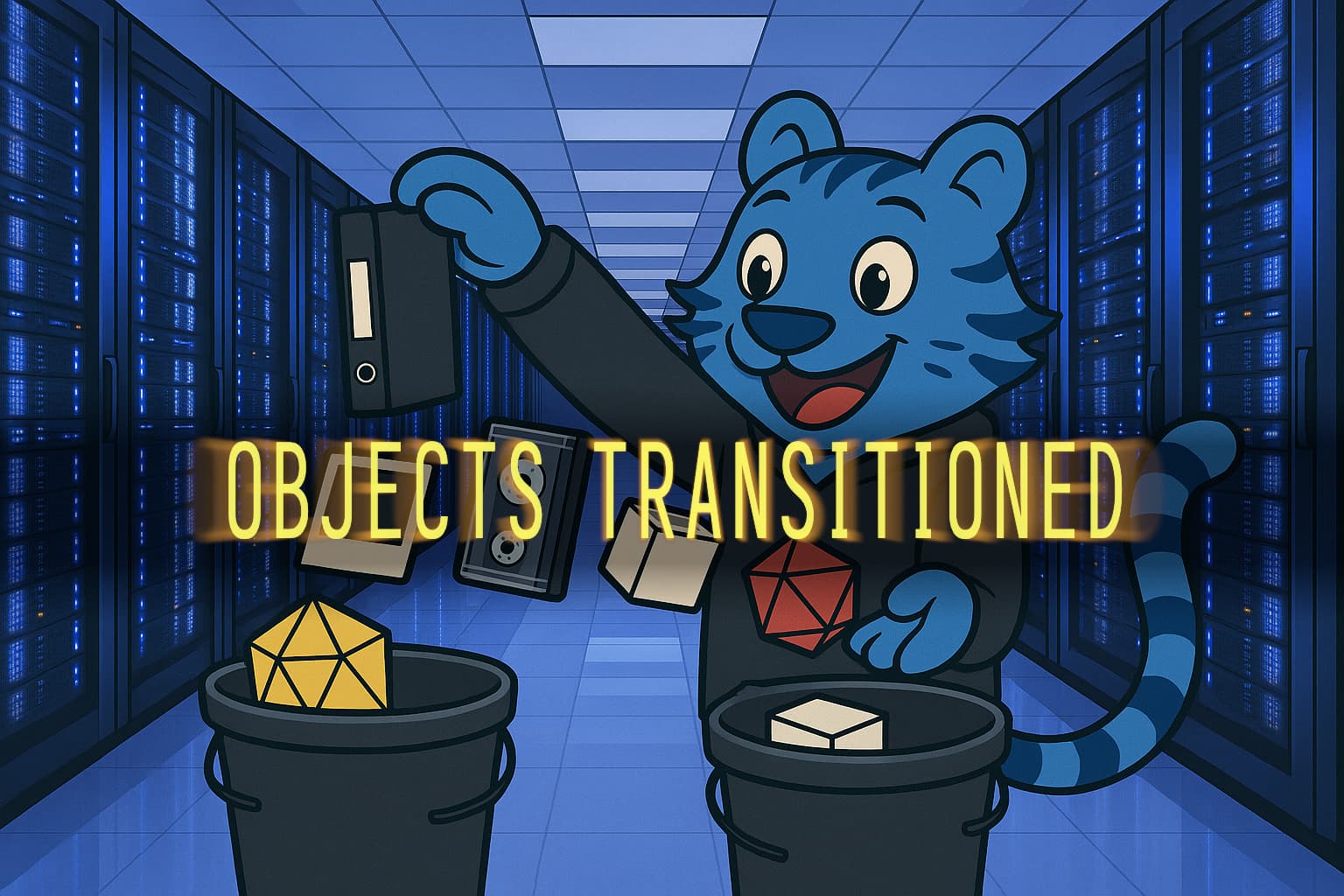 You wanted lifecycle rules. Here's how we made it happen.
You wanted lifecycle rules. Here's how we made it happen.
Tigris has support for object lifecycle rules, allowing you to automatically move files between storage tiers. Here's the gorey details on how we did it.
11 min read






